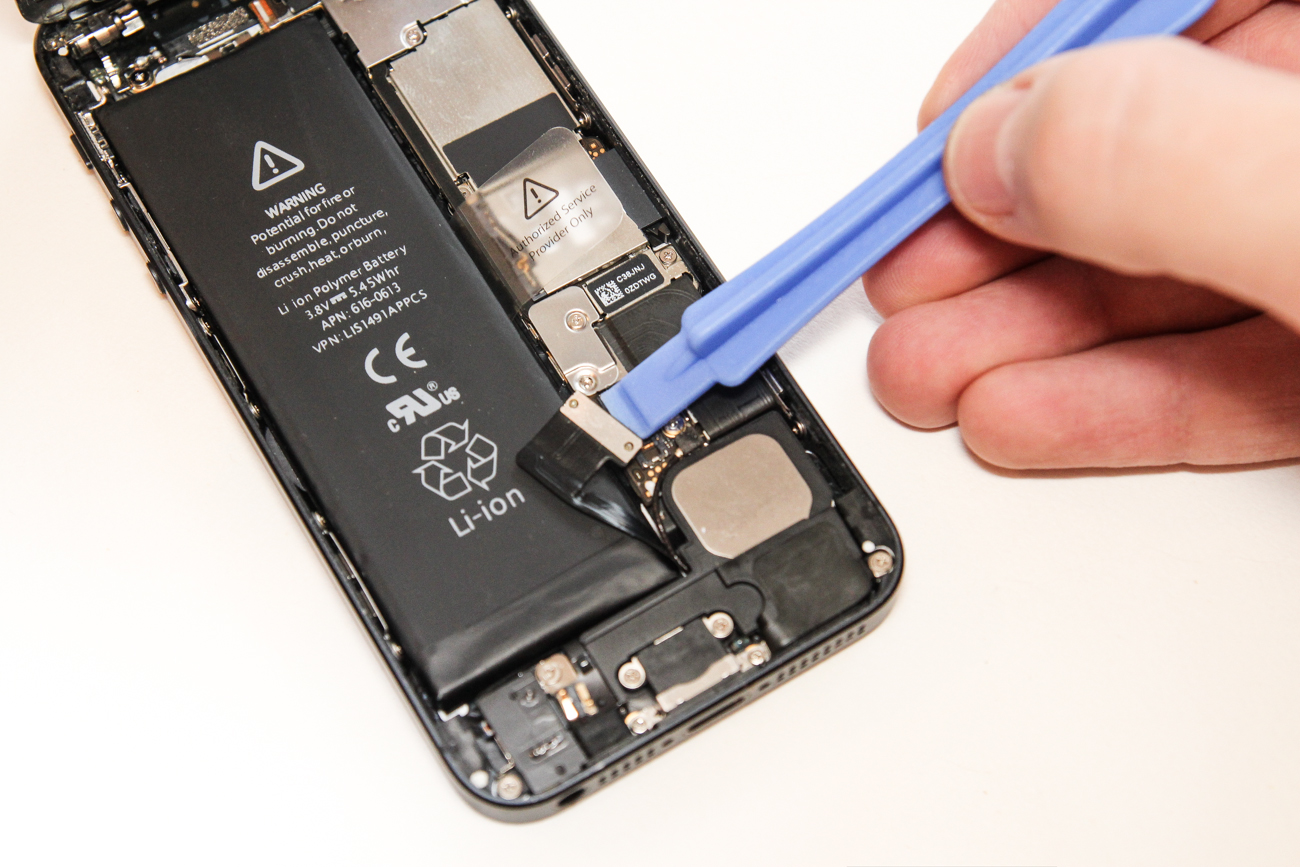It has been more than a year since the so-called Right to Repair law has been discussed in the United States. This refers, as the name already suggests, to consumer rights to the possibility of repairing electronic devices. The law essentially fights against the monopoly position of specialized and authorized service centers of individual brands. According to the bill, detailed service information, procedures and tools should be available to everyone. This law has already been adopted in some form in 17 American states, including California yesterday.
It could be interest you

The goal of the law is to force electronics manufacturers to publish service operations and procedures, so that it is not necessary to visit selected certified workplaces for repairs. The "right to repair" should therefore have any service or any individual who decides to do this. Although it may seem that this issue does not concern us, the opposite is true. If this law takes hold in a larger number of states in the US, it will mean a greater expansion of information about the service of devices that were previously subject only to selected service points that did not share their procedures with anyone.
It could be interest you

Another advantage may be that owners of specific devices (such as Apple products) will not be forced to look for only a certified service network in case of repair. Currently, it works with Apple products in such a way that if the user does not want to lose the warranty of his device, all service operations must be handled by a certified service workplace. This would cease to apply in connection with this Act. Thanks to the highly controlled environment of certified services, there are also certain price fixations for individual operations. The release should cause market mechanisms such as competition to start working again, which should ultimately benefit the customer.
It could be interest you

Large manufacturers are logically fighting against such laws, but as far as the USA is concerned, they are losing the battle here. As mentioned above, the law is already in place in some form in seventeen states, and this number should increase. In the coming months and years, we will see if similar tendencies reach us. The proposed approach has its indisputable advantages, as well as some disadvantages associated with it (for example, in terms of the level of qualification of individual services). How to fix the issue, or are you looking at certified services? Are you satisfied with the current state or are you annoyed that you cannot repair your iPhone yourself or at a repair shop near you without losing the warranty?
Source: Macrumors
This should be solved by the EU and the GDPR!